60 Days of Summer
(2 through 10)
2. Alphabet Walk 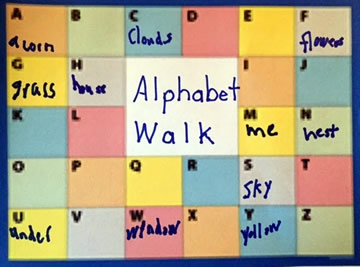
Tell the children that you are going to go on an alphabet walk and look for things that begin with letters of the alphabet. Start with A and work your way through Z. Take a sheet of paper and write down the objects as the children identify them. For example: A-acorn, B-bird, C-cloud, D-dirt, etc.
3. Squirt! Squirt!
Save spray bottles from cleaning products. (Make sure you rinse them out well first!). Fill them with water and let the children squirt each other, water plants, clean lawn furniture, etc.
Adaptations: A sponge or paintbrush and a bucket of water will also entertain children for hours. They can sponge off a tree, their riding toys, or themselves. They can paint the house or playground equipment.
4. Nature Bracelet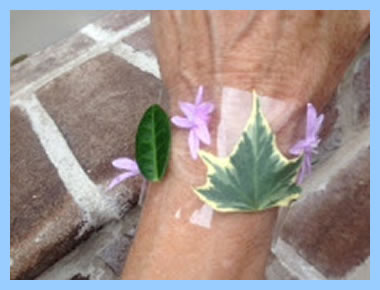
Put a piece of masking tape or packaging tape with the sticky side out on each child’s wrist to make a bracelet. Children attach small leaves, flowers, etc. to the tape to make a nature bracelet.
Note! Remind them to only take objects on the ground.
 5. Worm Painting
5. Worm Painting
You will need rubber fishing worms, paint, and paper for this project. (You can buy fishing worms in the sporting goods department of discount stores.) Let the children dip the fishing worms in paint and then “wiggle” them on the paper.
*Fishing worms are also fun to hide in the sand! 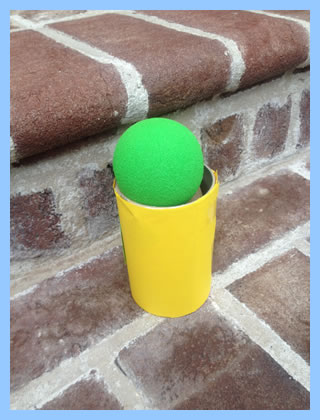
6. Can Catch
You will need a tennis ball and empty Pringle’s can for this game. Children bounce the ball and try to catch it in the can. They can place this game by themselves or with a friend.
7. Edible Mud Pies
Materials:
Instant chocolate pudding
2 cups cold milk
Flat bottom ice cream cones
Plastic container with tight sealing lid
(Place the pudding mix in the plastic container before starting this activity.) Ask the children if they've ever had mud pies. Tell them you have and they're delicious.
Show them the container and explain that it's dirt. Pass it around and let them smell it. (Be cool and don't let on!)
Build vocabulary by talking about how dry the dirt is. What's the difference between dirt and mud? Suggest adding a liquid and pour in the two cups milk. Seal tightly, then pass the container around the group, encouraging each child to "shake, shake, shake."
Open it up and have the children describe what happened. Serve in the ice cream cones.
Adaptations: Add seeds (sunflowers) and a worm (gummy worm).
8. Treasure Hunt Story
Prepare clues that will lead to a “treasure story.” (This is a special book that you have hidden outside.) For example: 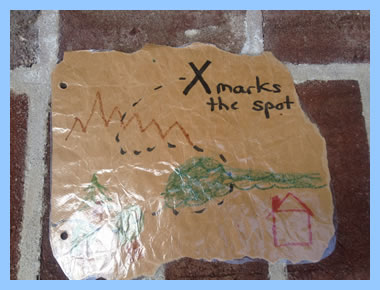
1. A treasure hunt is so much fun. Near the swing is clue number one.
2. Clue number two should be easy, too. Near the mailbox is clue number two.
3. Clue number three you will find in a tree.
4. Now it’s time for clue number four. Look for it by garage door…
Tape the clues around your yard or a playground with the spot where the “treasure story” is hidden. Encourage the children to help you read the clues and follow the directions. Find a shady spot and enjoy reading the book. 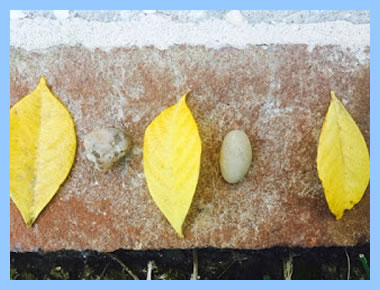
9. Nature Patterns
Collect 5 or 6 leaves, rocks, sticks or other natural objects. Place a leaf, then a rock, a leaf, then a rock. “What will come next?” Let children make up their own patterns with objects in nature.
10. Melt Down
Give each child a paper cup with an ice cube in it. Who can make their ice cube melt fastest?
*Color the water in ice cube with food coloring before freezing.
*Draw with ice cubes on the sidewalk.


 5. Worm Painting
5. Worm Painting 

